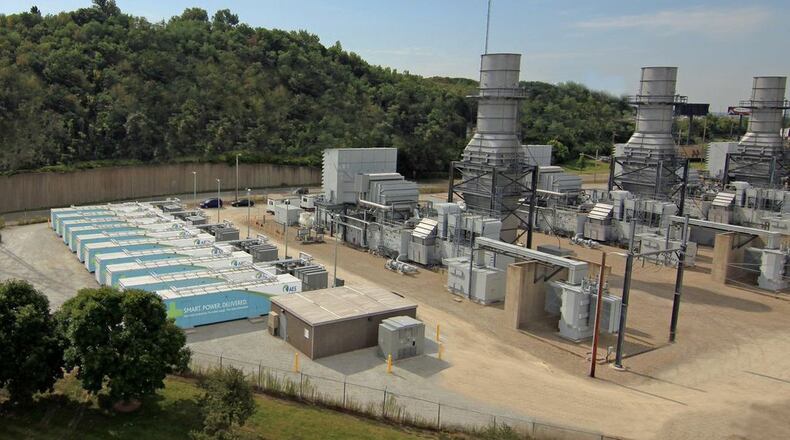This summer, the Public Health department began notifying companies of the new fees.
RELATED: Possible DPL coal plant closures has Ohio county on edge
One highlight: A new fee of $125 for each permitted air pollution emissions unit, according to a letter written in July by Jennifer Marsee, who oversees the Regional Air Pollution Control Agency, also known as “RAPCA.”
“The proposed changes will bring PHDMC’s (Public Health-Dayton and Montgomery County’s) RAPCA funding more in line with other local air agencies in the state and country,” Marsee’s letter to one local manufacturer said.
The anticipated revenue to the department from the new fees is $200,000 to $240,000 a year, said Dan Suffoletto, a spokesman for Public Health.
Some business leaders are skeptical.
Jim Bowman, chairman of the Dayton Region Manufacturers Association, said the fee increase would particularly impact small manufacturers, which feel fee increases in their small budgets.
“To a 30-person manufacturing organization, it’s difficult to absorb that impact,” he said.
Bowman, also chief operating officer at Rack Processing Co. in Moraine, said another challenge is that if fees increase in Montgomery County, that can make it more difficult for industry to compete with outside communities with lower fees.
A Dayton Area Chamber of Commerce officer, Stephanie Precht, the chamber’s director of public policy and economic development, expressed misgivings about the proposal in an Aug. 2 meeting.
“There are numerous businesses that will struggle with these unanticipated costs,” Precht testified.
“The bottom line is that RAPCA needs to more strategically engage the business community in these discussions,” said Chris Kershner, vice president of public policy and economic development for the chamber “Their proposed fee increases would significantly impact a number of businesses. It would be wise to delay the consideration of these increases and engage the business community.”
RAPCA and Public Health oversee 631 facilities in the county, Suffoletto said. Generally, the larger and more complex the facility, the higher the possible fee, he said.
Suffoletto could not immediately say how much the new fee would cost other large local industrial sources, such as Fuyao Glass America or Cargill in Harrison Twp.
He said the Board of Health has reviewed the fee structure twice, and the proposal may get a final reading in October.
First, an information session for business owners likely to be affected by the fee is set for 2 p.m. Sept. 18, at the county’s Business Solutions Center, 1435 Cincinnati St., Dayton.
Suffoletto said the proposal does not directly affect the public. “Right now, we’re also accepting comments from the public, but it’s basically businesses,” he said.
A spokeswoman for DP&L did not immediately respond to questions about the proposed fees.

